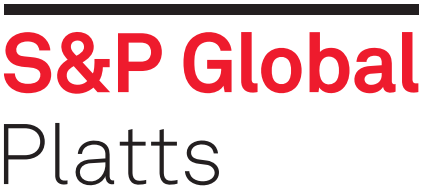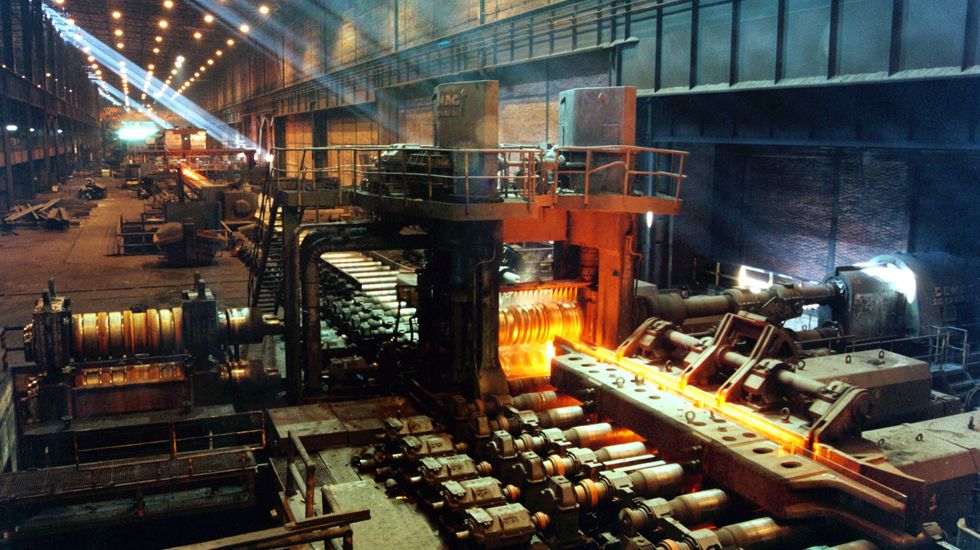Germany’s crude steel production remains below “pre-crisis” levels of 2018, while seeing a 11.7% month-on-month drop in July to 3 million mt, German steel federation WV Stahl said Aug. 23.
July alone saw a 24.7% year-on-year increase from the pandemic-stricken year 2020, when demand collapsed and production curbs remained. Through January to July, German crude steel production totaled 23.6 million mt, a year-on-year increase of 18.8%.
German mills ramped up production again from the second half of last year, with mills such as Salzgitter declaring the restart of a blast furnace idled since 2019 — when production started to drop on lackluster demand. However, output levels still remained below 2018 levels when annual production was at 42.4 million mt. WV Stahl projects that under the current level, 2021 output would be at 40.5 million mt.
In July, crude steel production produced via the blast oxygen route dropped 7% month on month to 2.1 million mt, while production via the electric arc furnace route fell 21% month on month to 909,000 mt.
The daily S&P Global Platts assessment for hot-rolled coil dropped Eur50/mt since its record high at Eur1,190/mt EXW Ruhr June 21 to Eur1,140/mt EXW Ruhr Aug. 23, as demand remained low during the summer period.
Steelmaker Thyssenkrupp started its major reline of one blast furnace in July, which would have an impact on output levels even as the steel industry faced logistical challenges by intense floods that month.
Pig iron output dropped 8.3% on month to 1.9 million mt, and hot-rolled production decreased 7.7% on month to 2.8 million mt in July.
With most European mills producing at maximum capacity, the sentiment for increased production in August was less optimistic, data from the Platts monthly German steel survey showed, with the production index falling 11 points since July. Producers were at 42 (50 denotes stability), the least bullish on production levels, whereas traders and stockholders stood at 50, a 14-point loss from the July index of 64.
— Laura Varriale






